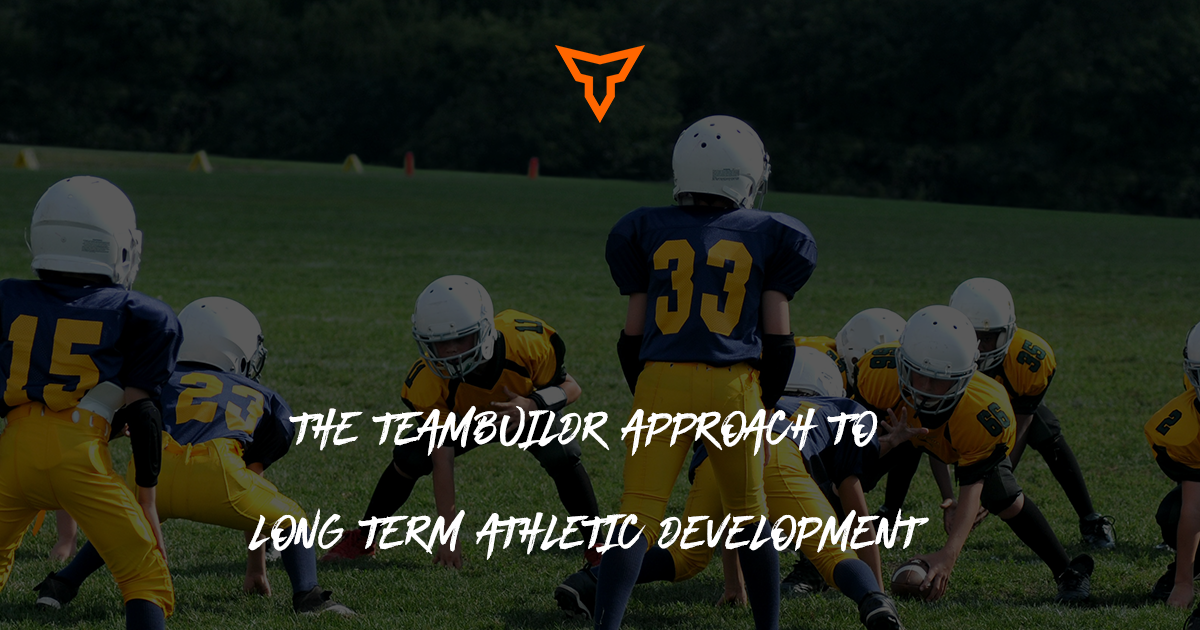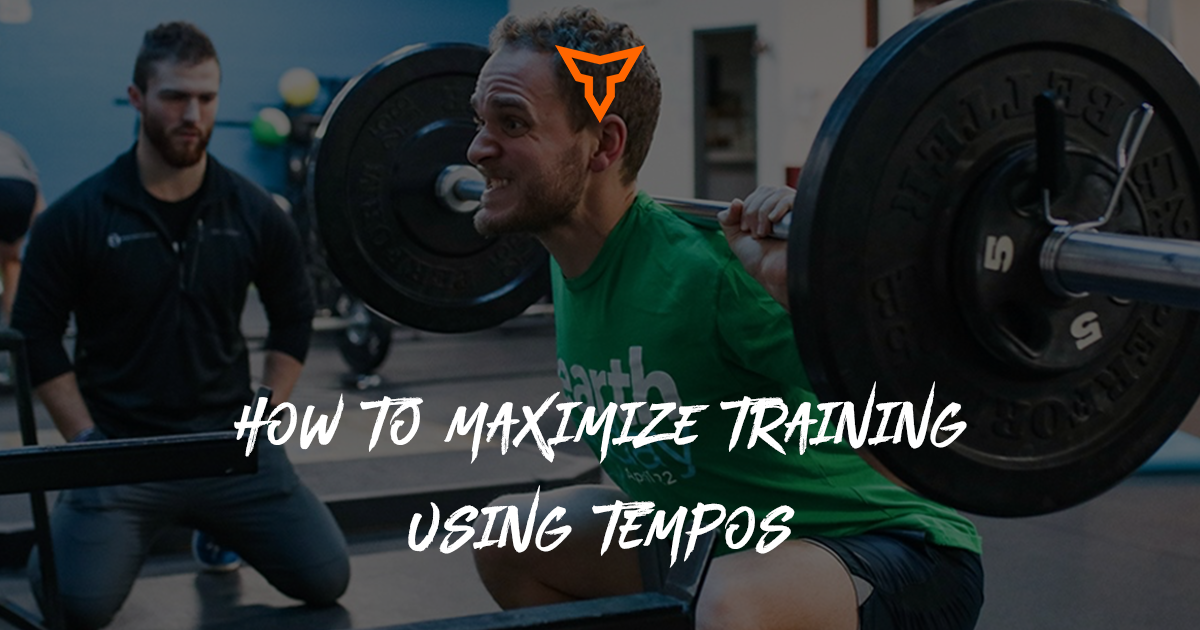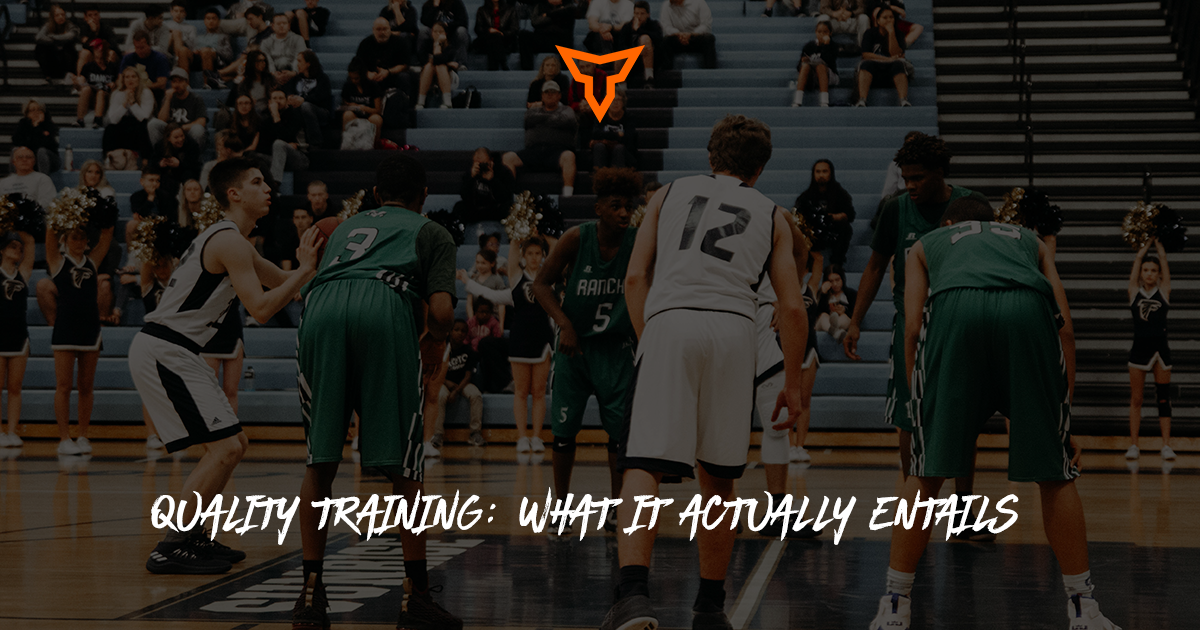With the functional fitness boom, more and more masters athletes are becoming interested in training again and its become increasingly important to be able to develop programming for them. Technically, a masters athlete is defined as anyone over the age of 35, but this definition varies widely. Regardless, it almost goes without saying, that masters athletes:
- Are athletes. Put simply, they need to train as all athletes do.
- Need programming that takes age into account, especially when it comes to volume and intensity.
To understand how to alter programming for training masters athletes, let's look at some of the effects that age has on the body:
Strength and Power
There are a lot of factors that affect masters athletes, like genetics and how active they’ve been throughout their life, but the most dramatic factor is disuse syndrome, a.k.a. the physical deterioration caused by inactivity.
The most common challenge facing older athletes is the natural physical decline in capabilities. Health and performance are tightly bound, but this becomes even truer with masters athletes. This is why strength training is crucial for masters athletes—it promotes “normal function” of the individual as they age. It’s expected to decline in ability as we age, but it has been shown that it is actually fairly easy to maintain strength as athletes age.
In his work Science and Practice of Strength Training, Vladimir Zatsiosky notes that the overall magnitude of decline in peak muscular power appears to be great in tasks requiring more powerful movements (jumps, throws, explosive activity) and that age related decreases in strength and power are reported higher in women.
Sarcopenia, the loss of muscle fibers as a result of aging, can be seen as a major cause of the loss of potential for strength and power. It's also associated with the destruction of viable motor units and can contribute to muscle weakness. Decreased muscle fibers equate to decreased potential for generation of force and therefore loss of strength. This can be combated through the use of strength and power training.
Power Production Loss
We all know that as we age our ability to produce power decreases. We also know that power is crucial for athletic performance.
Experts have hypothesized that there are three leading factors to this decrease in power: a loss of alpha major units, a decrease in fast twitch type II muscle fibers, or a combination of the two.
With the decrease in high force capability it becomes harder to maintain strength and power levels due to the need to activate high threshold motor units. So in essence, our masters athletes will not produce the same levels of power as their younger counterparts nor do they have the capability to train at as high of an intensity as a means to maintain what they already have.
Training Considerations
With the above information in mind how do we begin the plan the training of our aging athletes?
Dan John has written that the fountain of youth is lean muscle mass. Zatsiosky agrees. He maintains that by placing an emphasis on hypertrophy training the athlete will be able to maintain a large amount of their lean muscle mass and, therefore, maintain strength and power capabilities.
Working for hypertrophy with a 5-8RM vs a 10-12RM will yield greater increases in strength due to the activation of the high threshold motor units needed to move heavier loads. For our athletic population, this training must include exercises that train large muscle groups such as squats and presses. These exercises will allow the largest amount of musculature to be activated and provide the greatest stimulus for muscle hypertrophy.
When training your masters athletes for power a long-term approach needs to be taken. Following standard loading protocols, the use of 30%-50% of 1rm weights in exercises have been shown to elicit greater power responses than when training with heavier weights (50%-70%). Thus peak mechanical power at higher percentages of the 1rm can be produced by a strength training program, but is highly dependent on the force and power components of the program.
Recovery Between Workouts
It has been speculated that as people age, muscles and connective tissue require longer recovery periods. The body has reduced hormonal signal strength and the water content of cells in the muscle and connective tissue is also reduced with age. These factors make it extremely important to undulate the volume and intensity of training sessions to allow for optimal recovery, especially if the stimulus from training is great enough to cause significant muscle damage (heavy loads, eccentric loads, or higher volume). It has been speculated that older athletes can undergo one extreme training session like these once every two weeks.
------
Putting it all together falls onto the coach. Every athlete is different, has different needs, and has different areas of deficiency. If you’re working with a masters level powerlifter, you can focus on the use of training methods such as compensatory acceleration training where the athlete will emphasize bar speed rather than load on the bar. If they require upwards of two weeks to recover from an extremely intense training session why would you stress your athlete to that level? They will be useless for 14 days.
Perhaps you can alternate between periods of hypertrophy training (8-10RM) and training for maximal strength (5rm). For the masters athlete terms such as strength and power are relative to their current abilities. Louie Simmons, the head coach and founder of Westside Barbell, has started using miniature workouts between his maximal training sessions due to his intolerance for training as he has aged. It has been said through the grapevine that at one time Louie was doing north of 30 workouts a week, focusing primarily on accessory work and active recovery modalities, to ensure that enough training volume was being used to elicit proper stimulus. It is up to you to find the right formula for your athlete.
Subscribe to our blog
Subscribe to receive the latest blog posts to your inbox every week.
Related posts

The TeamBuildr Approach to Long Term Athletic Development

How To Maximize Training Using Tempos
